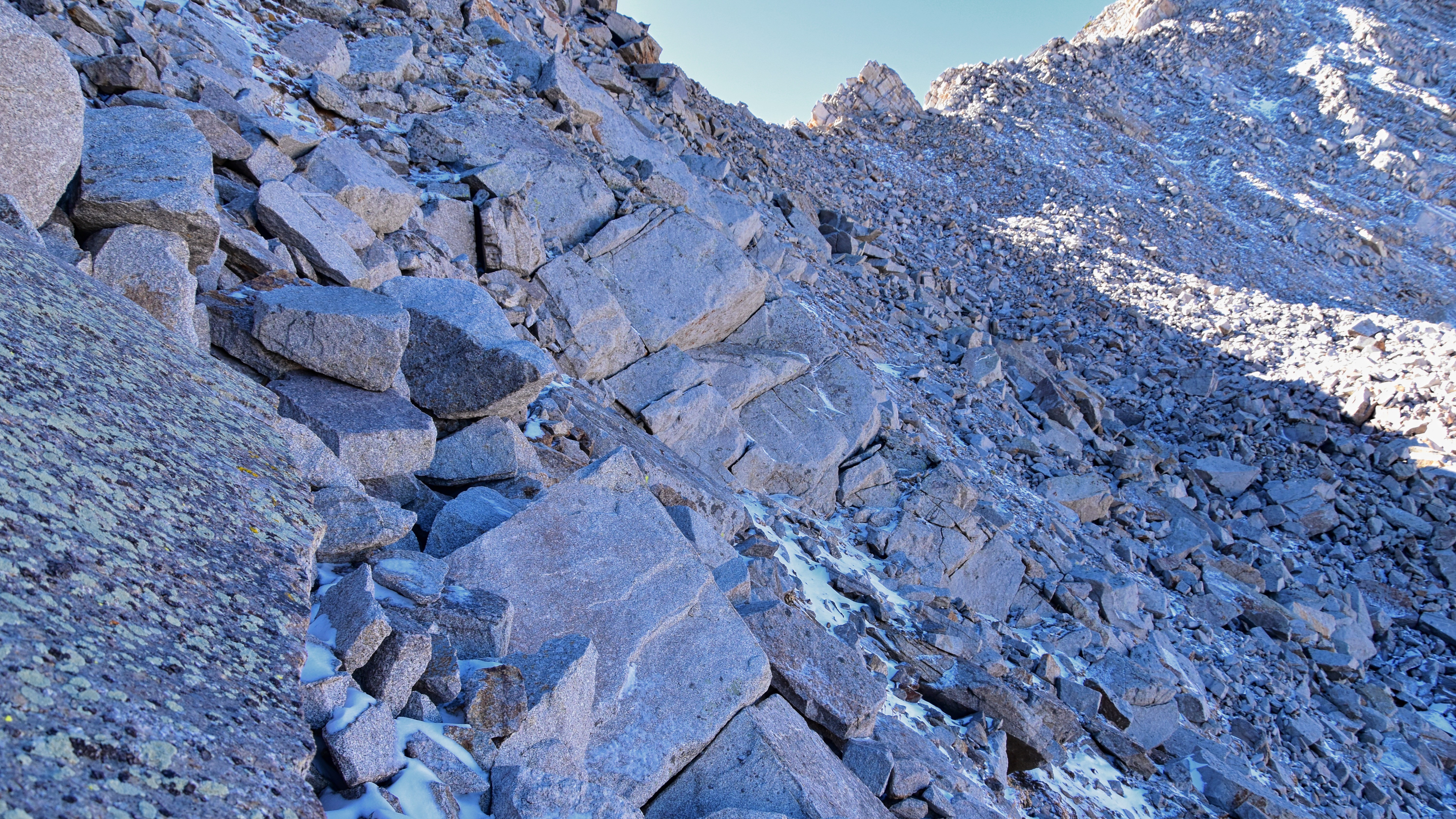Solo hiker killed when "thunderous" rockslide sweeps him 700ft down Utah peak
Witnesses say the man was hiking near Pfeifferhorn in the Wasatch Range when the slide occurred

A hiker has been killed after getting caught up in a rockslide, which sent him 700ft down a mountain in Utah's Sawatch Range.
David Mull, 49, of Salt Lake City was hiking alone on The Pfeifferhorn on the morning of Saturday, July 19, when the incident took place. Officials from Salt Lake County Sheriff's Office say they received a report of the rockslide at around 8:45am, and arrived on the scene to find Mull unresponsive.
A doctor who was hiking in the area reportedly witnessed the fall and attempted to perform life-saving measures, but Mull was pronounced dead at the scene. No one else was seriously injured in the rock slide.
Few details have been released by the Sheriff's Office, but one witness responding to a post in the Utah Hikers Facebook group writes that he saw Mull descending on the north side of the ridge when he grabbed onto loose rock, and the slide occurred.
"Heard the thunderous crashing and climbed up to the top of the ridge as fast as possible. Saw the slide making its way down into the Maybird Lakes basin. He was mixed up in the slide," writes Tyler Price.
The Pfeifferhorn is an 11,326ft peak in the most isolated part of the Lone Peak Wilderness Area. It is commonly referred to as the Little Matterhorn, and the most common route to the top requires a 10-mile roundtrip hike with some scrambling.
The incident took place exactly one month after a massive rockslide killed two hikers and injured three in Canada's Jasper National Park.
All the latest inspiration, tips and guides to help you plan your next Advnture!
Can you keep yourself safe from rockslides?
Rockslides are difficult to predict, but there are some steps you can take to help keep yourself safe:
- Avoid hiking in areas of steep, rocky terrain during spring thaw.
- Avoid hiking in areas of steep, rocky terrain following heavy rains.
- Keep your eyes open for areas showing evidence of recent rockfall and hike carefully or avoid these areas.
- Avoid hiking in the fall line (the most direct line downhill) of steep terrain when there are other hikers above or below you.
- Stay on the trail and make use of switchbacks.
- If you’re hiking downhill on a wider, rocky trail in a group, hike side-by-side in parallel lines rather single file.
- In narrow areas like canyons and ravines, move through one at a time.
- Take care not to dislodge rocks and boulders when crossing scree or boulder fields.
You can learn more in our article on rockslides.
- Best hiking boots: find the perfect footwear for any terrain
- The best trekking poles: take the pressure off when you're out on the trails
Julia Clarke is a staff writer for Advnture.com and the author of the book Restorative Yoga for Beginners. She loves to explore mountains on foot, bike, skis and belay and then recover on the the yoga mat. Julia graduated with a degree in journalism in 2004 and spent eight years working as a radio presenter in Kansas City, Vermont, Boston and New York City before discovering the joys of the Rocky Mountains. She then detoured west to Colorado and enjoyed 11 years teaching yoga in Vail before returning to her hometown of Glasgow, Scotland in 2020 to focus on family and writing.

